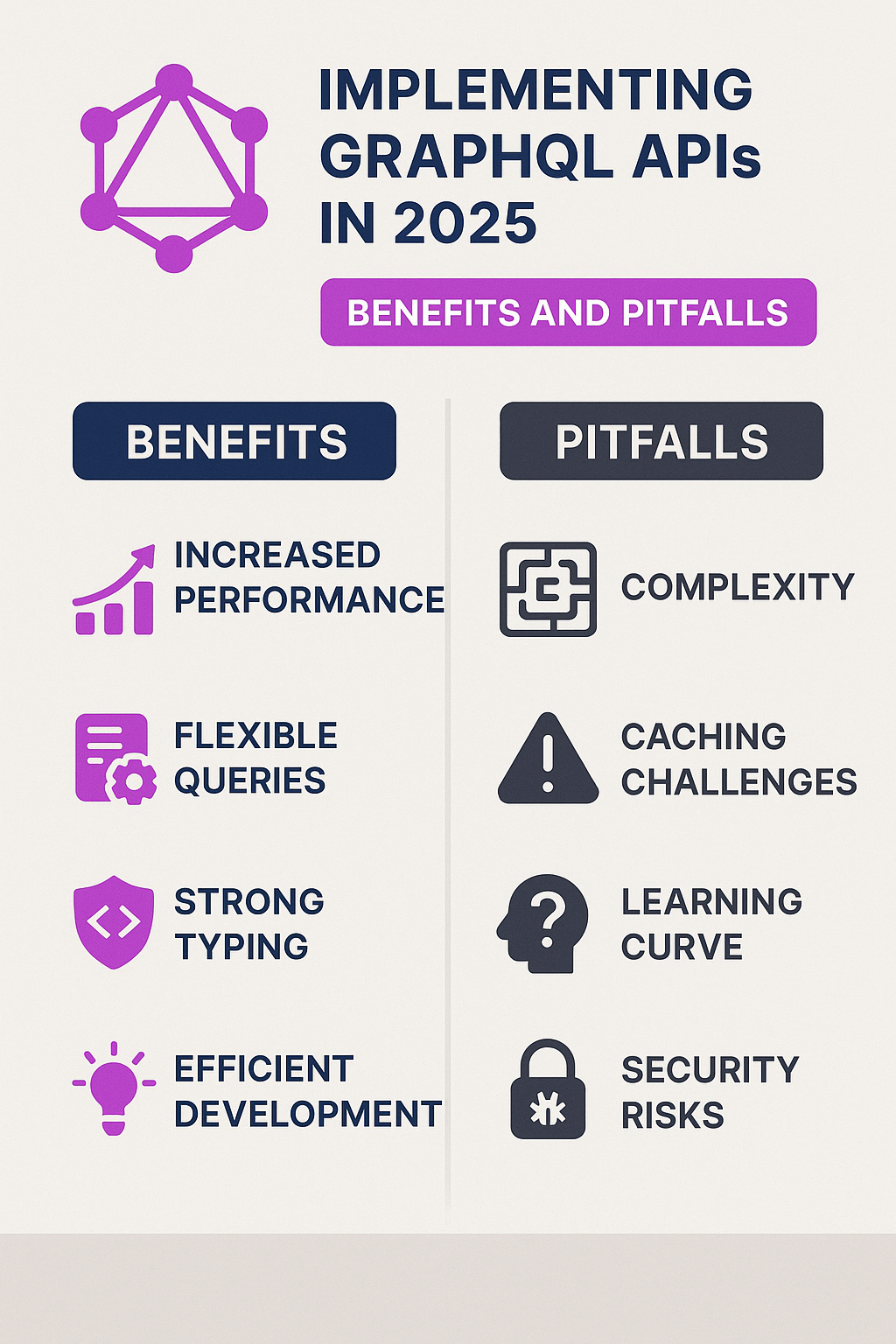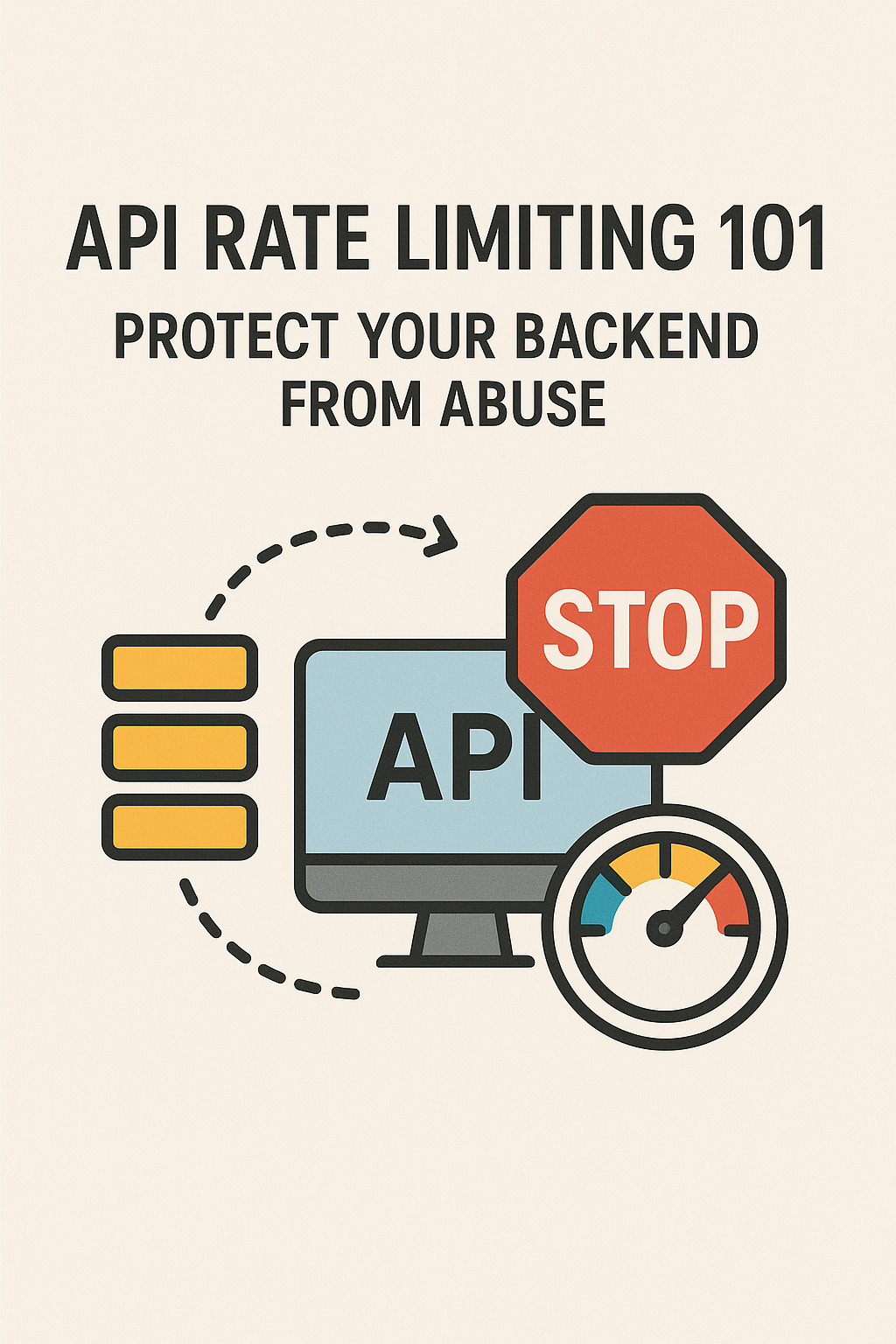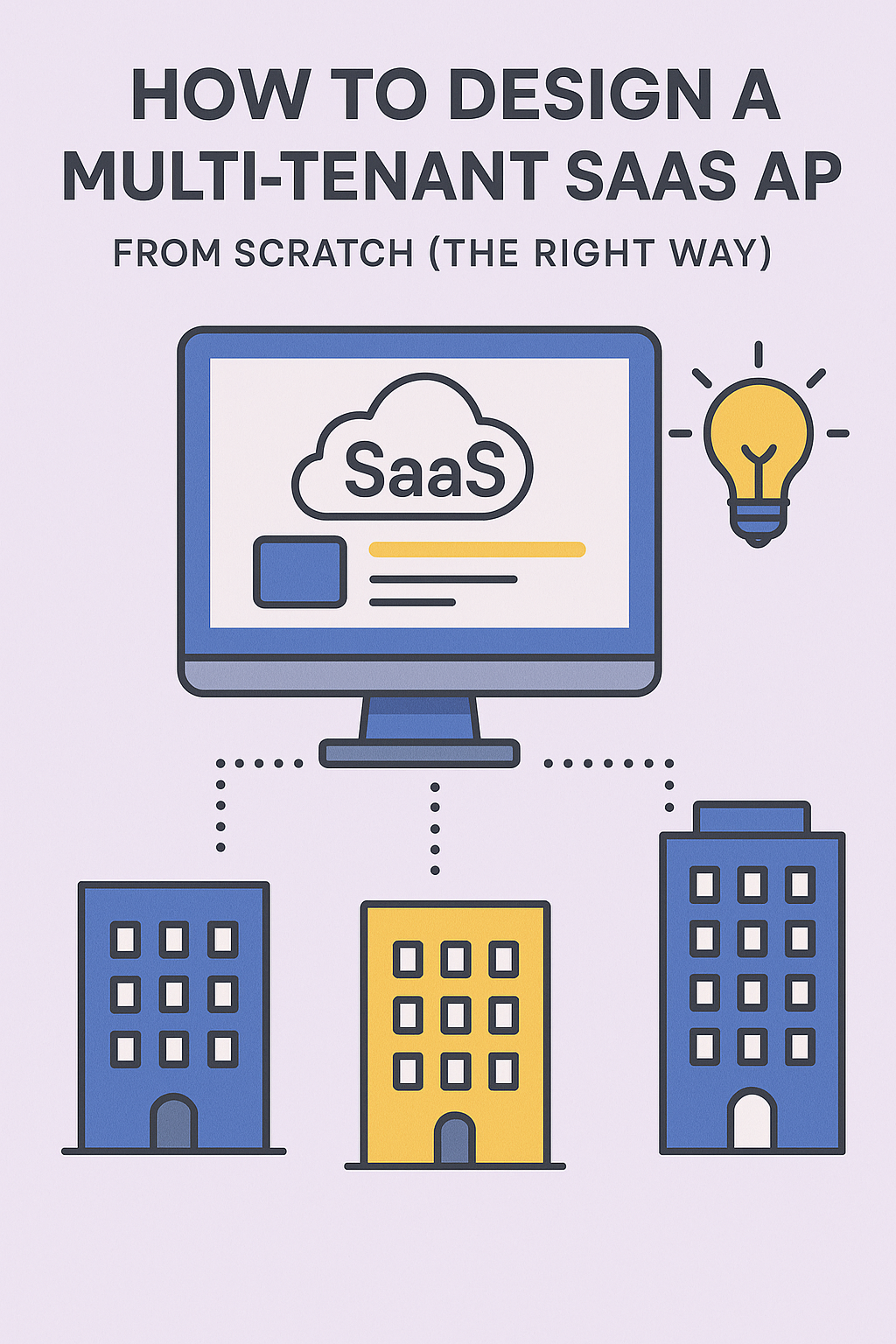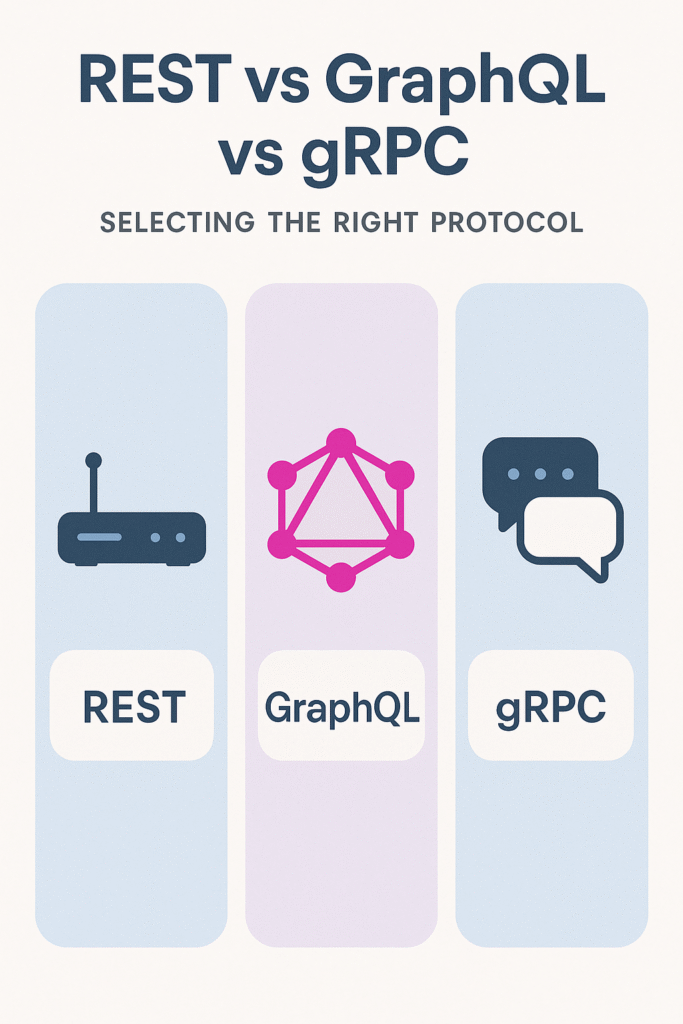
Introduction
Since its release by Facebook in 2015, GraphQL has grown into one of the most popular alternatives to REST APIs. In 2025, GraphQL adoption continues to rise as teams seek more efficient, flexible, and developer-friendly ways to expose data.
But while GraphQL brings significant benefits, it also comes with challenges that teams must address early on.
In this post, we’ll explore the benefits and pitfalls of implementing GraphQL APIs in 2025, and share practical tips to help you decide whether GraphQL is the right fit for your next project.
Benefits of GraphQL APIs
1. Flexible Data Fetching
Clients can request exactly the fields they need—no more under-fetching or over-fetching. This makes GraphQL perfect for modern frontend frameworks like React, Flutter, and Angular.
2. Strongly Typed Schema
The schema acts as a contract between client and server. It improves collaboration, enables auto-generated documentation, and makes integration less error-prone.
3. Single Endpoint
Unlike REST, where multiple endpoints are required, GraphQL exposes a single endpoint that handles all queries and mutations. This simplifies versioning and reduces complexity.
4. Rich Developer Tooling
Tools like GraphQL Playground and Apollo Studio allow developers to explore queries, test APIs, and monitor performance in real time.
5. Growing Ecosystem in 2025
In 2025, libraries such as Apollo Server v5, GraphQL Yoga, and Helix provide robust, production-ready solutions with better performance and federation support.
Pitfalls of GraphQL APIs
1. Performance Overhead
Naive queries can be expensive, leading to “N+1” database problems. Without query optimization, GraphQL can be slower than REST.
2. Complexity for Small Projects
For simple use cases, GraphQL may be overkill. A well-structured REST API could be easier and cheaper to maintain.
3. Security Concerns
Since clients can craft flexible queries, the risk of denial-of-service (DoS) attacks via deeply nested or expensive queries is higher. Rate limiting and query depth control are essential.
4. Caching Challenges
REST benefits from simple URL-based caching. GraphQL responses are harder to cache because queries differ per client. While solutions like Apollo Client caching exist, they add complexity.
5. Learning Curve
GraphQL requires developers to learn new query syntax, server concepts (resolvers, schema stitching, federation), and caching strategies.
Best Practices for 2025
- Optimize resolvers with tools like DataLoader to avoid N+1 queries.
- Set query limits on depth and complexity to prevent abuse.
- Use schema federation for large projects with multiple teams.
- Leverage GraphQL subscriptions for real-time updates where needed.
- Combine with REST when it makes sense (e.g., file uploads, bulk operations).
Conclusion
Implementing GraphQL APIs in 2025 offers flexibility, strong typing, and excellent developer experience. But teams must carefully weigh its benefits against pitfalls like performance overhead and security concerns.
For projects with complex data needs and multiple frontend clients, GraphQL is often the right choice. For smaller applications, sticking to REST or combining both approaches may be more pragmatic.
If you’re exploring API design strategies, check out our guide on gRPC vs REST in 2025. For a deeper dive into GraphQL, visit the official GraphQL Foundation.



